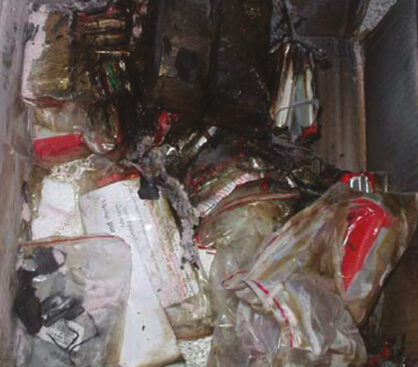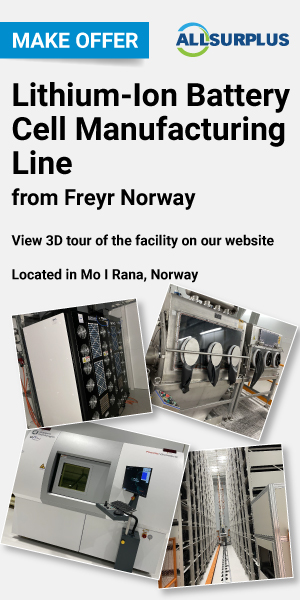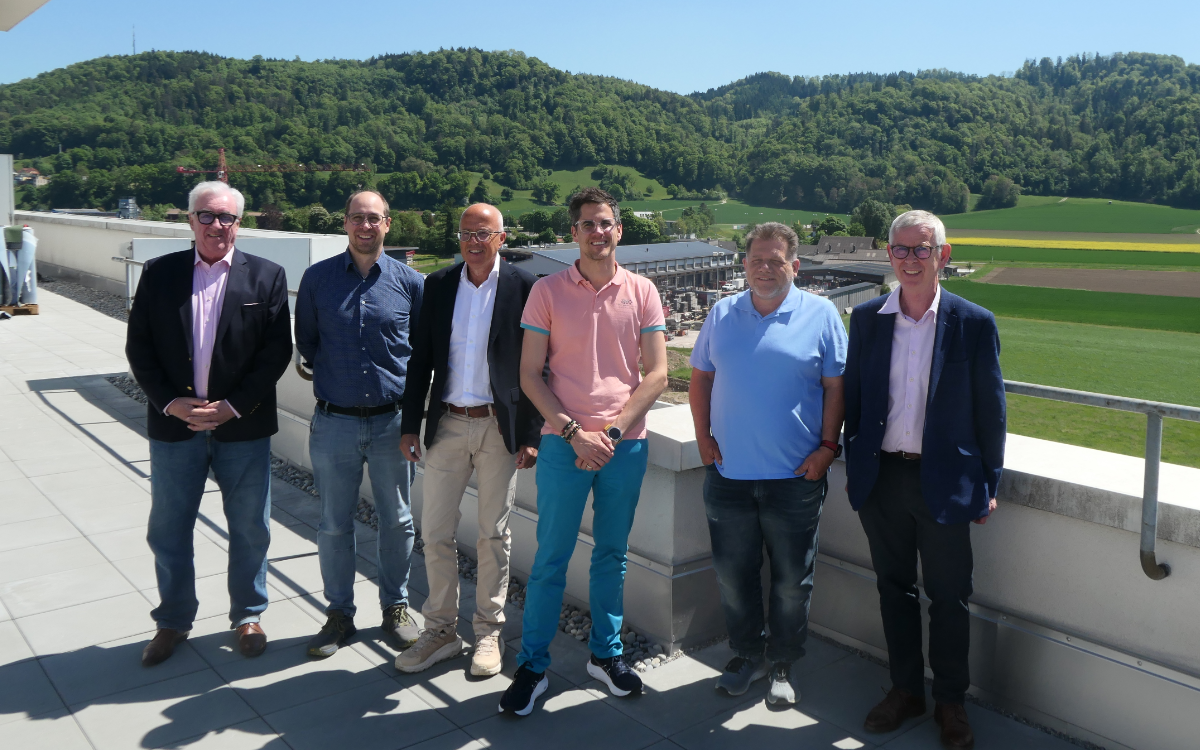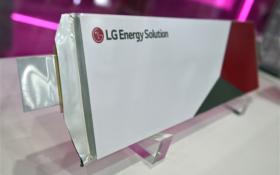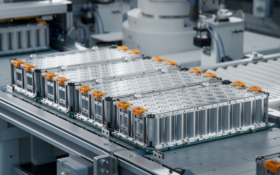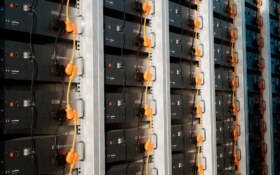Isidor Buchman asks whether the recent lithium-ion battery recall spells the end for lithium-ion's future in portable power.
Extended battery runtimes have long been the wish of many consumers. Battery manufacturers have responded by packing more active material into cells and making the electrodes and separator thinner. These changes enabled a doubling of energy density since the lithium-ion battery was introduced in 1991.
But high energy density comes at a price: the denser the cells become, the more critical become the manufacturing methods. With a separator thickness of only 20–25µm . . .
to continue reading this article...
Sign up to any Premium subscription to continue reading
To read this article, and get access to all the Premium content on bestmag.co.uk, sign up for a Premium subscription.
view subscription optionsAlready Subscribed? Log In

